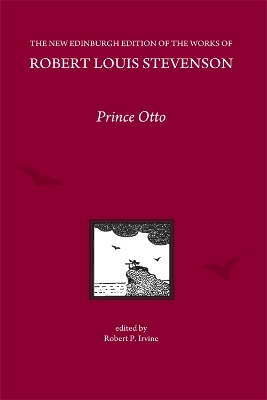The New Edinburgh Edition of the Collected Works of Robert Louis Stevenson
2 total works
These essays, written from 1874 to 1880, established 'R.L.S.' as one of the prominent young writers of his time, a provocative and philosophically inclined bohemian playfully offering advice to his post-Darwinian generation about how to find contentment in a society of rigid bourgeois demands. In this first ever scholarly edition, the 1881 text is followed by extensive explanatory notes and the story of the composition and reception of each essay. The volume opens with a full listing of all Stevenson's essays followed by a substantial introductory discussion of Stevenson's career as essayist, the characteristics and literary contexts of his essays, and the critical and popular reception of his essays from the 1870s to the present day. The volume Introduction proper then presents the publication history of Virginibus Puerisque, the reception of the book and notable characteristics of the collection taken as a whole: its style and shape, and the aesthetic and ethical vision it presents.
Key Features- Provides an introductory overview of Stevenson as essayist
- Includes composition and publication history of each essay
- Provides a publication history of the volume of collected essays
- Includes notes identifying literary references, Stevenson's idiosyncratic diction, social and historical allusions and cross references to Stevenson's other works

